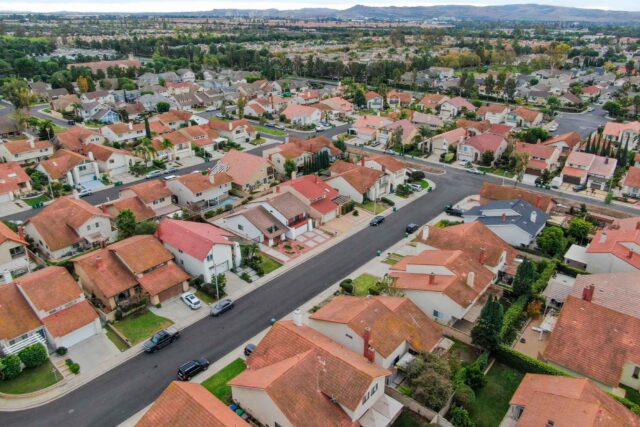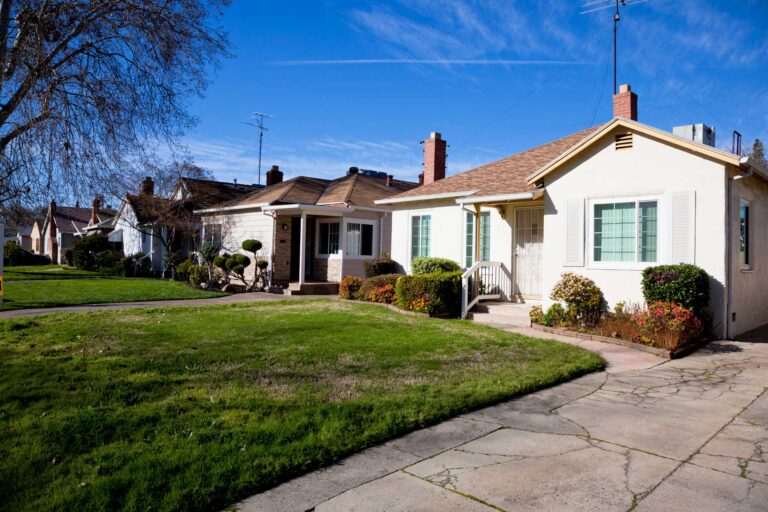Homeownership has long been a central feature of the American dream. It is the leading source of wealth for most families, and over the long run provides families with more stable and lower housing costs compared to renting. Yet—primarily because of the state’s high housing prices—homeownership is out of the reach of many Californians. Racial gaps in homeownership are large and persistent. Fast-rising home prices threaten to make homeownership further out of reach for low- and middle-income Californians.
Homeownership rates in California are the second lowest in the country, according to 2016-2020 estimates from the American Community Survey. Statewide, only 56% of households own the home they live in, compared to 65% in the rest of the country. Only New York has a lower rate (55%). Across the state (and nation), homeownership rates tend to be high in rural and suburban places, and low in large cities and metropolitan areas.
In California, homeownership rates are highest in the Sierra Nevada counties and lowest in agricultural and urban areas. Lightly populated Alpine County has the state’s highest homeownership rate (80%), while San Francisco County has the lowest (38%). Among the state’s largest cities (those with at least 100,000 housing units), homeownership rates range from 37% in Los Angeles to 59% in Bakersfield. The small and expensive surburbs of Rolling Hills (an incorporated city and gated community near Long Beach), Monte Sereno (near San Jose), and Villa Park (Orange County) have the highest homeownership rates in the state (95%).
Remarkably, homeownership rates have not changed much over the past 60 years in California or the rest of the nation, a period of dramatic population growth and demographic change (including age distribution, ethnicity, and citizenship). Rates are slightly lower in California now than 60 years ago (58% to 56%); in the rest of the United States, rates have increased since 1960, but only modestly (62% to 67%).
Historically, the only dramatic increase in homeownership rates in both the nation and California occurred from 1940 to 1960. This increase was the consequence of a perfect storm of political, policy, demographic, and economic changes—and are not likely to be repeated. The post-World War II economic boom saw strong expansions in employment and incomes, suburban development, the adoption of 30-year mortgages, housing and education polices such as the GI Bill, and a marriage and baby boom that created strong demand for homeownership.
Since that time, the lack of growth in homeownership in California relative to the nation is driven at least partly by the state’s high housing prices. The median value of owner-occupied houses in California was 2.5 times greater than in the rest of the nation in 2020, up from 1.3 times in 1960, according to the American Community Survey. And even though state and federal policies have long encouraged homeownership, either through tax policy, mortgage finance systems (such as Fannie Mae), or local zoning that restricted residential land-use to single family homes (important recent changes excepted), homeownership rates still have not changed much.
Californians today are concerned about high housing costs, according to the PPIC Statewide Survey. About two of every three Californians say housing affordability is a big problem in their part of the state, and almost half (46%) say that their housing costs make them seriously consider moving elsewhere in California or out of state. Interstate migration trends show that many do leave the state because of housing costs. From 2010 to 2021, about 500,000 people moved from California to other states to find cheaper housing or to own rather than rent, compared to 140,000 who moved California for those same reasons, based on Current Population Surveys.
Of course, there are no easy answers. Many, including PPIC, have cited the need to build more housing. California ranks 48th among states in housing units per capita, and has added 3.2 times more people than housing units over the past decade. In recent years the governor and legislature have passed a number of bills to encourage more construction, and some local governments are looking for ways to prioritize more housing development. However, housing policy must also consider environmental goals, including greater density and access to transit, as well as any future impacts of climate change.
Going forward, PPIC will continue to examine trends in homeownership, consider the effects of policy changes, and connect these to the long-term demographic and economic shifts that will shape California’s housing market over the coming decades.
Topics
Economic Trends Economy Housing Political Landscape PopulationLearn More

California’s Renters

Where Are Californians Going When They Leave the Golden State?
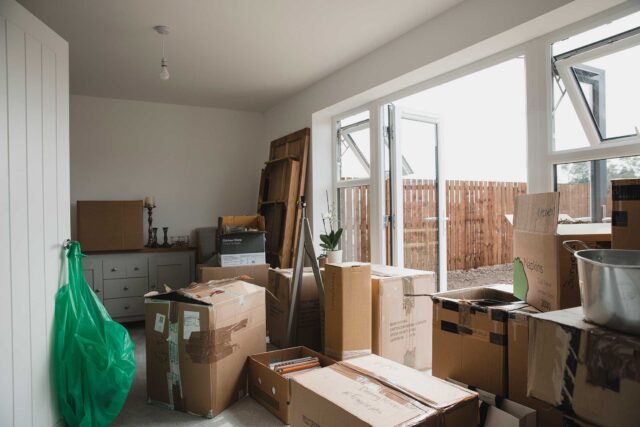
Who’s Leaving California—and Who’s Moving In?
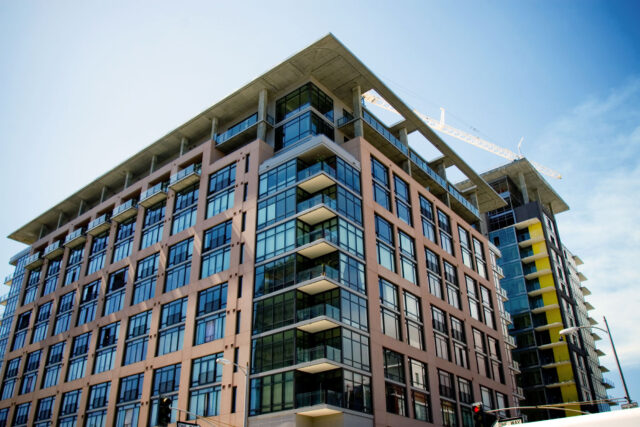
Multi-unit Housing Is Becoming More Common, but Has Low Homeownership Rates
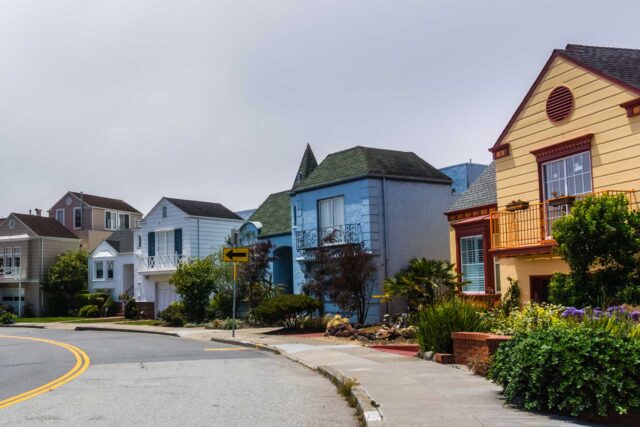
California’s High Housing Costs Have Created a Million “House Rich” Millionaires

Racial/Ethnic Differences in Who’s Leaving California
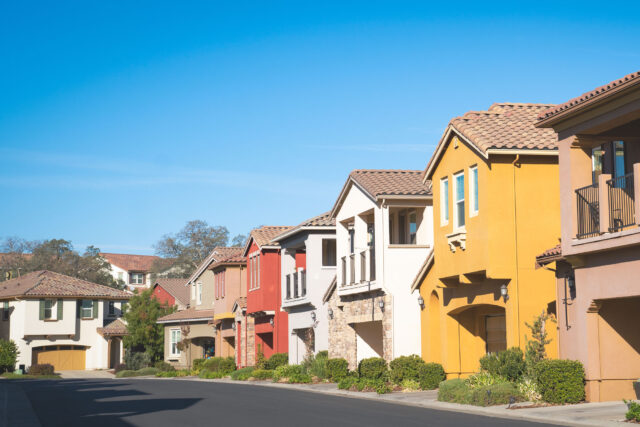
Shrinking Household Size Strains California’s Housing Market

The Politics of Leaving California
